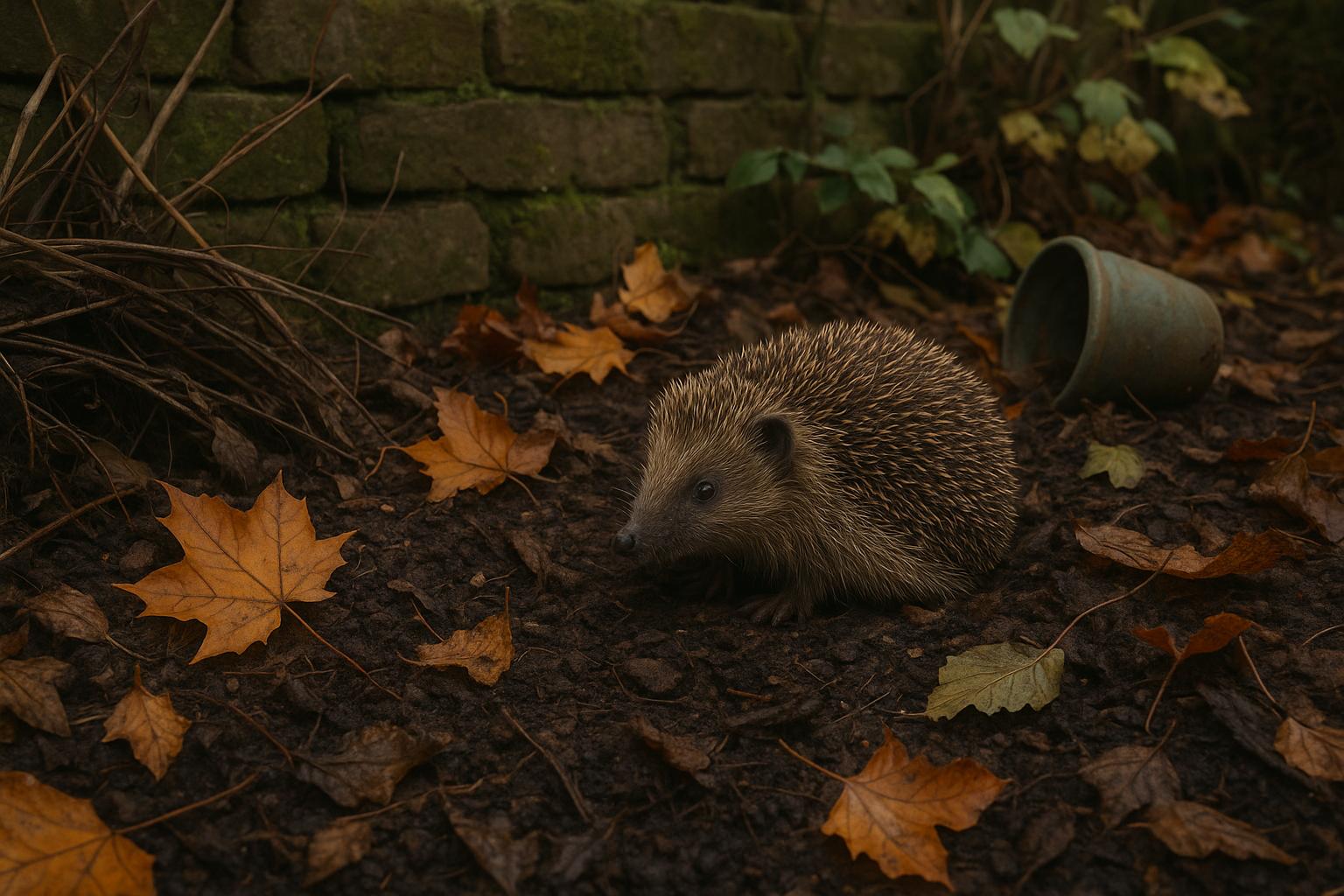British horticulturalist Monty Don has highlighted a simple yet impactful step gardeners can take to help protect hedgehogs this autumn, as these beloved creatures face a critical decline in the UK. In his ongoing advocacy for autumn gardening tasks, Monty Don emphasises the importance of making leafmould—a natural soil conditioner made by decomposing damp leaves. Beyond its horticultural benefits, Don points out that leaving piles of leaves under hedges and trees offers vital overwintering shelter for hedgehogs, as well as frogs, small mammals, and insects. He also recommends keeping stacks of logs and prunings to provide additional winter protection to these small but important garden dwellers.
Hedgehogs, once ubiquitous in British gardens and countryside, now face alarming population reductions. According to the Royal Horticultural Society (RHS), nearly half of the UK's hedgehog population has disappeared in the past 13 years. Current estimates suggest there are fewer than 900,000 hedgehogs left, a steep drop from some 30 million recorded in the 1950s. This rapid decline is corroborated by various conservation bodies: a 2022 report from the British Hedgehog Preservation Society (BHPS) and the People's Trust for Endangered Species (PTES) details a population decrease between 30% and 75% in rural areas since 2000, with an average annual decline of over 8% documented in countryside populations.
The causes behind this decline are multifaceted. Loss of habitat such as hedgerows, increased road networks, and reduced availability of invertebrate prey are major contributors. Environmental changes have further exacerbated the problem, placing hedgehogs at risk of extinction in the UK. The International Union for Conservation of Nature (IUCN) has listed hedgehogs as 'near threatened,' noting their decline across more than half of the countries where they are found, including Britain.
In response, numerous conservation initiatives have arisen. The BHPS and PTES have launched Britain's first National Hedgehog Conservation Strategy, engaging over 30 stakeholders from varied sectors to implement measures aimed at halting the decline. Similarly, The Wildlife Trusts are striving to create more hedgehog-friendly environments by encouraging people to make their gardens more hospitable and increasing food availability.
Gardeners looking to make a difference can do more than just create natural shelters. The RHS advises offering supplemental food during early autumn so hedgehogs can fatten up ahead of their long winter hibernation. Suitable feeding options include tinned meaty dog or cat food, which can be placed inside overturned boxes with entrance holes to protect from other animals such as cats and foxes. Ecologists like Leo Plevin of Arbtech stress that even small actions—leaving water out, creating fence gaps for movement, or maintaining leaf piles—can significantly aid hedgehogs through the dangerous hibernation period.
Volunteer-driven surveys by organisations such as the British Trust for Ornithology have monitored this continuing decline, estimating hedgehogs have decreased by up to 40% over the last decade. This ongoing citizen science alongside conservation strategies offers hope that mounting efforts will help stabilise and hopefully increase hedgehog populations in the UK.
Monty Don’s autumn gardening advice, while rooted in practical horticulture, thus resonates beyond the garden beds—it contributes vital support to wildlife struggling to survive amidst modern environmental challenges. By adopting his simple recommendation to leave leaf piles and garden detritus undisturbed, gardeners can play a crucial role in safeguarding Britain’s iconic hedgehogs for future generations.
📌 Reference Map:
- Paragraph 1 – [1]
- Paragraph 2 – [1], [4], [6], [7]
- Paragraph 3 – [3], [4], [6], [7]
- Paragraph 4 – [2], [4]
- Paragraph 5 – [1], [4]
- Paragraph 6 – [1], [5]
- Paragraph 7 – [1], [4]
Source: Noah Wire Services
